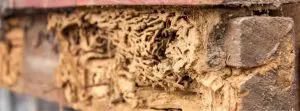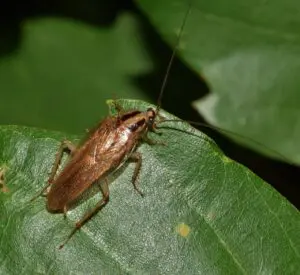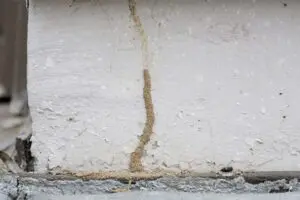
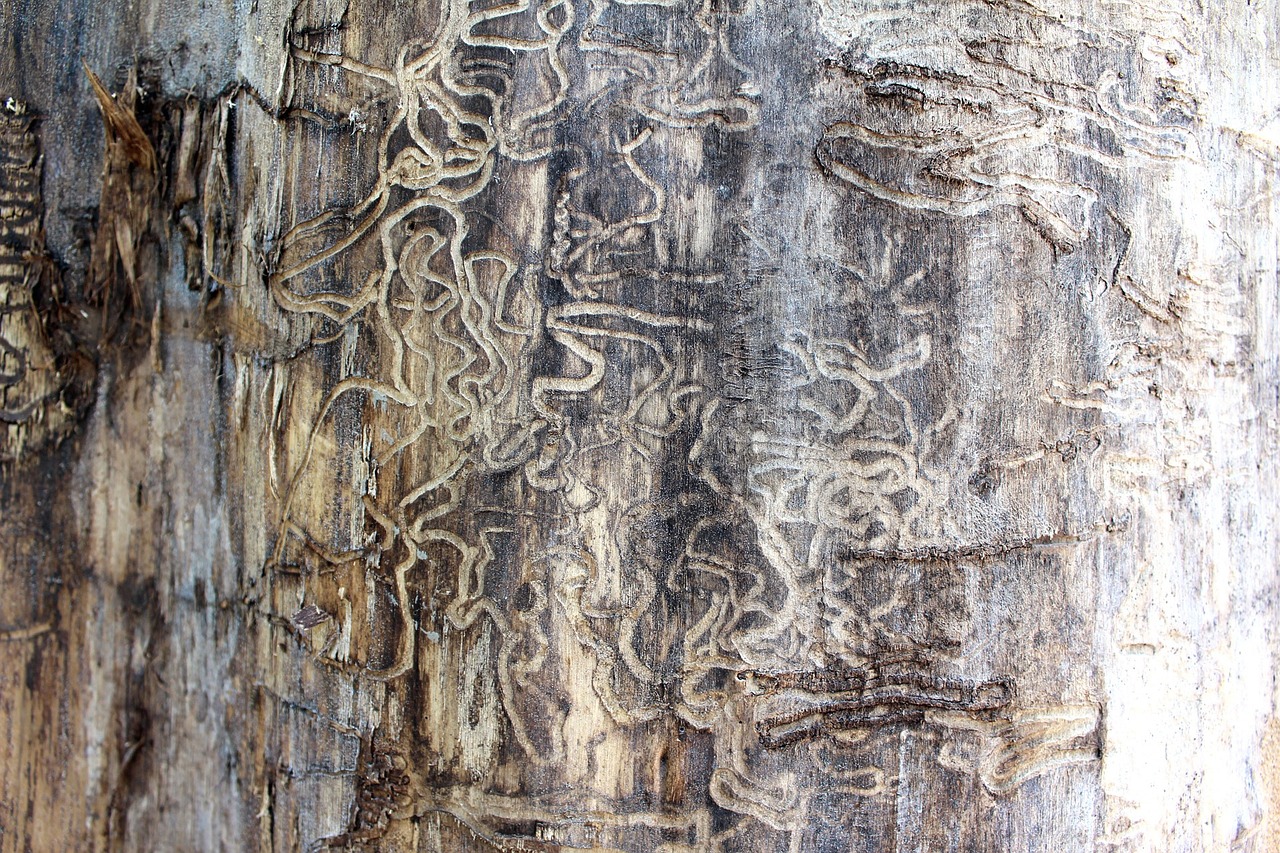
Termites are infamous for their secretive nature, earning the nickname “silent destroyers.” Their undetectable presence often leads to significant and costly damage before discovery. Understanding the life cycle of termites is crucial for early detection and prevention.
This guide breaks down the efficient lifecycle of termites, highlighting their stages and the roles each plays in making them formidable pests.
What Do Termite Eggs Look Like?
What do termite eggs look like? Termites begin their lifecycle as eggs. These small, translucent ovals can be white, pale orange, or brown, depending on the species. They are usually found in clusters resembling tiny piles of powder. Termite eggs typically hatch within 1 to 2 weeks, initiating the first stage in the life cycle of termites.
Termite Larva
Upon hatching, termite eggs turn into larvae, also known as immatures or baby termites. These larvae undergo several molts, shedding their exoskeletons as they develop. They evolve into one of three castes—workers, soldiers, or reproductives—based on the colony's needs, communicated via pheromones from the queen or king. This adaptability is a key characteristic in the life cycle of termites.
Termite Nymphs
Nymphs are immature termites destined to become reproductives. They possess wing buds that may develop into full wings, transforming them into alates ready to swarm and establish new colonies. Nymphs with shorter wings aid reproductives within the existing colony, showcasing a pivotal stage in the life cycle of termites.
Termite Castes
Termites operate within a caste system, with each caste having distinct responsibilities and appearances.
- Workers: The smallest, blind, and wingless, workers are pale with a slimy, maggot-like appearance. They build and expand the nest, care for the eggs and larvae, and feed the colony. Workers typically live 1 to 2 years.
- Soldiers: Larger than workers, soldiers have distinctive elongated heads and prominent pincers. Their sole duty is to protect the colony, often using their pincers to fend off intruders like ants.
- Reproductives: These termites have eyes, wings, and reproductive abilities, divided into four groups:
- Alates: Winged reproductives that swarm to start new colonies.
- De-alates: Alates that have shed their wings to form new colonies.
- Queens and Kings: The primary reproductive pair, responsible for mating and laying eggs.
- Neonetics: Assist the queen in egg laying and can replace her if she dies.
Each caste plays a crucial role in the life cycle of termites, ensuring the colony's survival and growth.
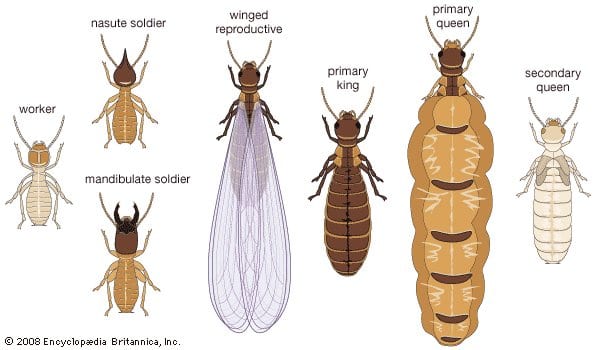
Termite Swarm
Termites swarm to find mates and establish new colonies. Swarming times vary by species and weather conditions, with drywood and dampwood termites swarming from August to November, while subterranean termites swarm at different times throughout the year. This swarming behavior is a critical phase in the life cycle of termites.
Reproductive Termites
After swarming, alates become de-alates and begin building a new nest. The queen lays a few eggs initially, but her productivity increases over time, eventually reaching up to 1,000 eggs per day. Queens can live for many years, potentially laying hundreds of thousands of eggs in their lifetime. This reproductive process is vital in the life cycle of termites.
Termite Infestations in Homes
Termite infestations in homes can cause severe structural damage if left untreated. Termites often go unnoticed until significant damage has occurred. These infestations can compromise the integrity of wooden structures, including beams, flooring, and furniture.
Signs of termite activity include hollow-sounding wood, discarded wings, and mud tubes on exterior walls. Recognizing these signs early can save homeowners from extensive and costly repairs.One of the primary reasons termite infestations in homes are so destructive is the insect's secretive lifestyle. Termites typically build their nests underground or within wooden structures, making them difficult to detect. The pests can enter a home through tiny cracks in the foundation, gaps around utility lines, and even by constructing mud tubes that provide them with a protected pathway from the soil to the wood in your home. By the time visible signs of termites are noticeable, the infestation is often well-established, and significant damage may have already occurred.
Understanding the life cycle of termites is crucial in combating these infestations. The lifecycle includes stages such as eggs, larvae, nymphs, and various castes, each playing a role in the colony's growth and survival. Knowing “what do termite eggs look like?” can assist in early detection. Termite eggs are small, translucent ovals that can be white, pale orange, or brown, and are often found in clusters resembling tiny piles of powder. Detecting these eggs early can help prevent a full-blown infestation.
Preventative measures are essential in protecting your home from termites. Reducing moisture around the house is critical since termites are attracted to damp environments. Ensure that your gutters and downspouts direct water away from the foundation, fix any leaks promptly, and use dehumidifiers in damp areas like basements and crawl spaces. Additionally, keep wood, lumber, and firewood away from your home’s foundation and eliminate any contact between soil and wood on the exterior of your home.
If you suspect termite activity in your home, immediate action is necessary. Contact a professional pest control service for a thorough inspection and effective treatment plan. Understanding the life cycle of termites and recognizing what do termite eggs look like can significantly aid in preventing and managing termite infestations, ensuring your home remains safe and structurally sound.
Conclusion
Termites are undeniably efficient and organized, with a lifecycle and caste system that ensure the colony's survival and growth. However, their destructive potential makes early detection and professional intervention crucial. If you suspect termite activity, contact a pest control professional immediately to prevent extensive damage. Recognizing what do termite eggs look like and understanding the life cycle of termites can significantly aid in preventing and controlling termite infestations.
For more information on termite pest control and our home pest protection plans, or to schedule an inspection, call one of our professionals right away.




